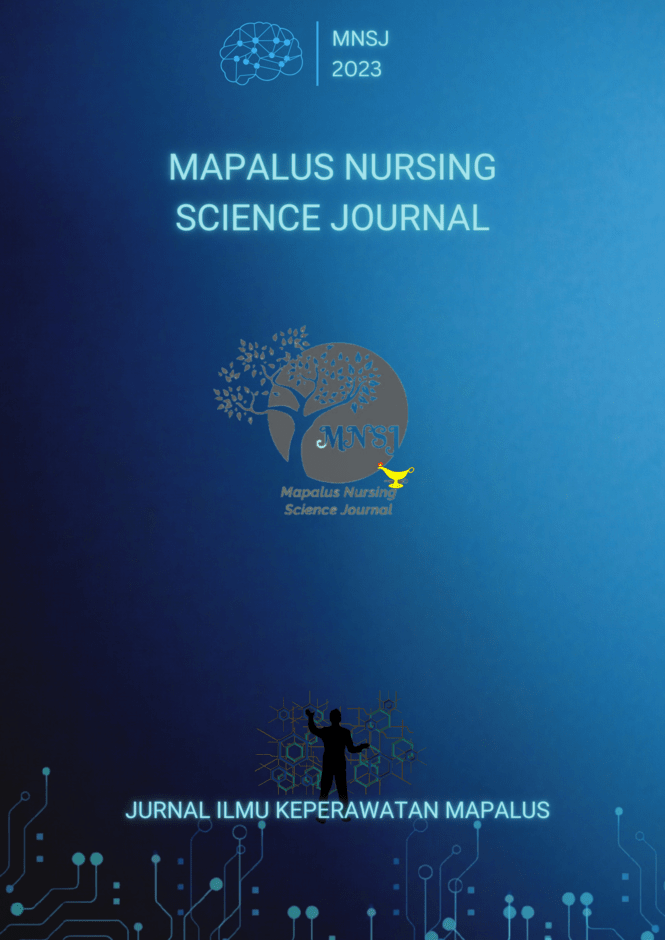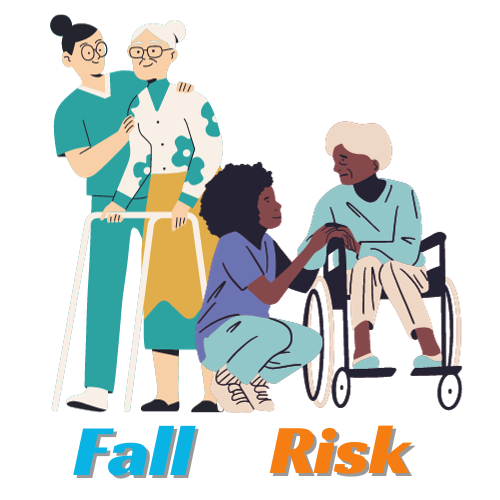Hubungan Tingkat Demensia dengan Risiko Jatuh pada Lanjut Usia di Panti Werda Kota Manado
##plugins.themes.academic_pro.article.main##
Abstract
Background. The aging population phenomenon illustrates an increase in life expectancy in the elderly and can also cause a decrease in cognitive function in the elderly, one of which is dementia. Objective. Through this study, the relationship between the level of dementia and the risk of falling is known. Methods. The research design used was a correlation analytic design with a crosssectional study approach. The research sample amounted to 53 people from 3 Werda homes in Manado city using total sampling technique. The instruments used in this study were Mini Mental State Examination to assess the level of dementia in the elderly and Tinnetti Balance and Tinnetti Gait for assessment of the risk of falls owned by the elderly. Results. The gamma statistical correlation test with a 95% confidence level (α = 0.05) using the SPSS 25 program obtained the result of p = 0.000 (<0.005) and the correlation coefficient (r value) = 0.839. Discussion. This study discusses whether or not there is a relationship between the two variables, both the level of dementia and the risk of falling and how the relationship between the two, the characteristics of the research respondents in the form of age, gender, and education are also discussed in this study, as well as their influence on the results of the study. Conclusion. There is a relationship between the level of dementia and the risk of falls in the elderly at the Manado city Werda Nursing Home with a very strong level of relationship with a positive correlation direction, meaning that the heavier the level of dementia, the higher the risk of falls in the elderly.
Keywords: Elderly; Fall risk; Level of dementia
##plugins.themes.academic_pro.article.details##

This work is licensed under a Creative Commons Attribution-ShareAlike 4.0 International License.


